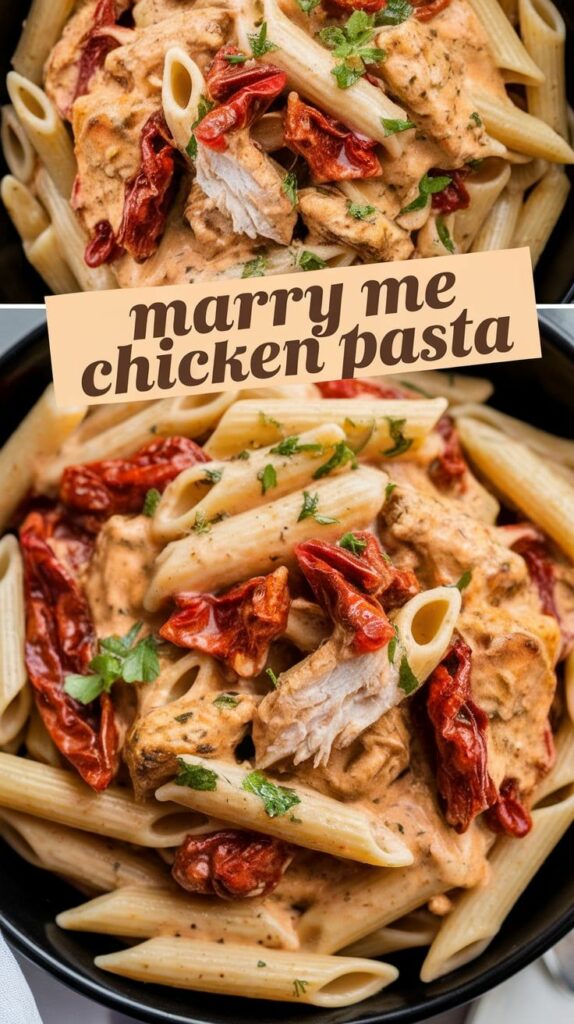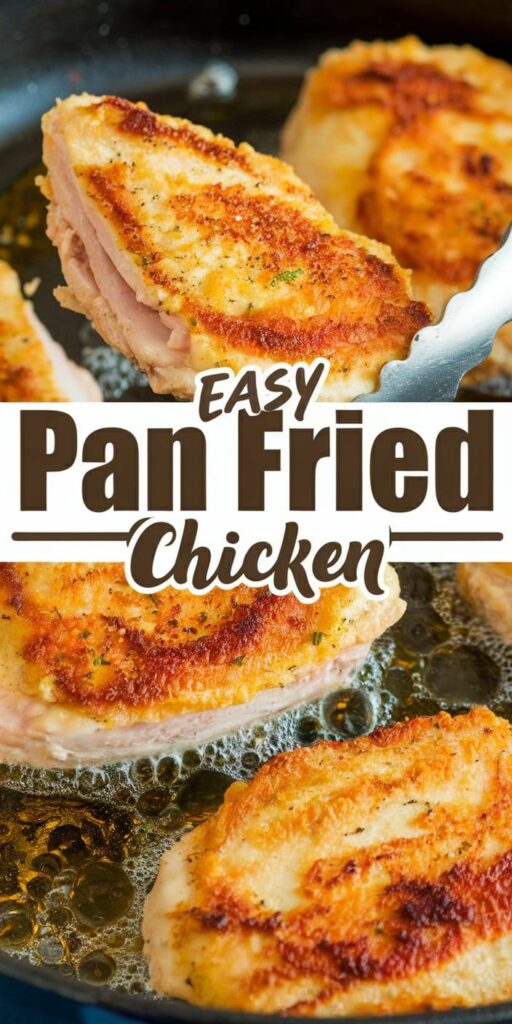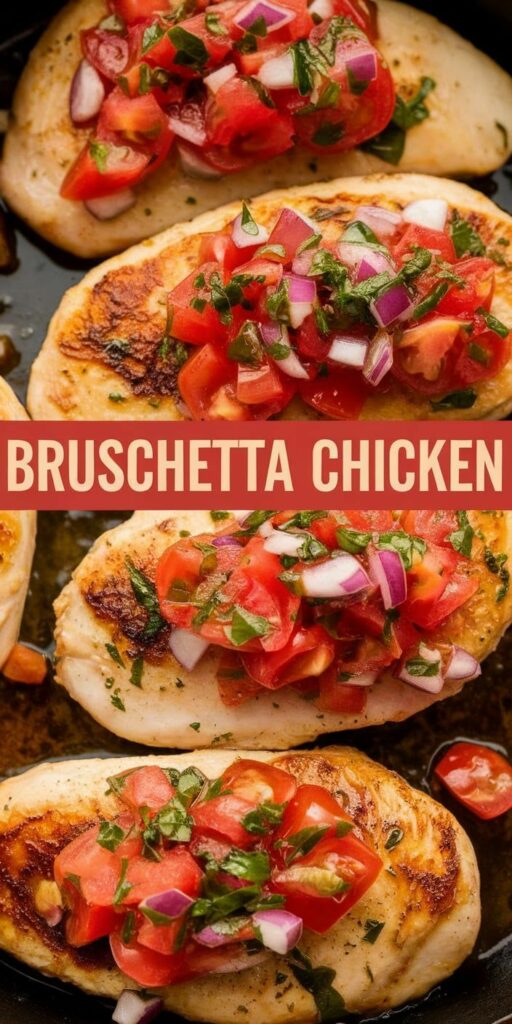Craving a simple yet sophisticated side dish? My roasted asparagus with balsamic glaze is about to become your kitchen’s newest star. This easy side dish transforms fresh asparagus into a culinary masterpiece in just 15 minutes, making it perfect for busy home cooks looking to elevate their meal.
I discovered this balsamic glaze recipe during a cooking experiment, and it has since become my go-to method for preparing vegetables. The combination of caramelized asparagus and rich balsamic reduction creates a depth of flavor that will impress even the most discerning palates.
With minimal ingredients and straightforward preparation, this roasted asparagus recipe proves that delicious cooking doesn’t require complicated techniques. Whether you’re preparing a weeknight dinner or hosting a dinner party, this dish adds a touch of elegance to any plate.
Get ready to discover a side dish that’s not just nutritious but incredibly delectable. Let’s dive into the world of perfectly roasted asparagus with a tantalizing balsamic glaze!

Why This Balsamic-Glazed Asparagus Will Become Your Favorite Side Dish
Get ready to transform your vegetable game with a recipe that’s not just delicious but packed with nutrition and flavor. My roasted asparagus with balsamic glaze is about to become the star of your dinner table, combining incredible taste with remarkable health benefits.
Nutrition Powerhouse: Asparagus Health Benefits
Asparagus isn’t just another green vegetable. It’s a nutritional superstar that offers incredible health benefits. This slender vegetable is loaded with essential nutrients that support your body’s overall wellness.
- Rich in vitamins A, C, E, and K
- Provides important minerals like folate and potassium
- Contains powerful antioxidants that fight inflammation
- Supports digestive health with high fiber content
Roasting: The Secret to Incredible Vegetable Flavor
When it comes to roasting vegetables, asparagus is a true champion. Roasting transforms these green spears into a caramelized, crispy delight. The high heat of roasting brings out natural sugars, creating a depth of flavor that steaming or boiling simply can’t match.
Balsamic Reduction: The Flavor Enhancer
My secret weapon is a rich balsamic reduction that elevates the entire dish. This thick, syrupy glaze adds a perfect balance of sweetness and tanginess. The reduction concentrates the balsamic vinegar’s complex flavors, creating a gourmet touch that turns a simple side dish into a culinary experience.
Essential Ingredients for the Perfect Roasted Asparagus
Creating a delicious roasted asparagus dish starts with selecting the right ingredients. Fresh asparagus is the star of this recipe, and choosing high-quality components can elevate your culinary experience.
Let me break down the key ingredients you’ll need:
- Fresh asparagus (preferably thin to medium stalks)
- Extra virgin olive oil
- Balsamic vinegar
- Seasonings
When selecting fresh asparagus, look for bright green stalks with tight, compact tips. The spears should be firm and crisp, without any signs of wilting or discoloration.
| Ingredient | Quality Recommendations | Quantity per Serving |
|---|---|---|
| Fresh Asparagus | Bright green, firm stalks | 1/2 pound |
| Olive Oil | Extra virgin, cold-pressed | 2 tablespoons |
| Balsamic Vinegar | Aged, high-quality | 1 tablespoon |
| Seasoning | Kosher salt, black pepper | To taste |
I recommend investing in high-quality olive oil and balsamic vinegar. The right seasoning can transform your roasted asparagus from good to extraordinary. Kosher salt and freshly ground black pepper work beautifully, but feel free to experiment with herbs like thyme or rosemary.
Pro tip: Always taste your ingredients before cooking. A great olive oil and authentic balsamic vinegar can make all the difference in your roasted asparagus dish.
Kitchen Tools and Equipment You’ll Need
Preparing the perfect roasted asparagus requires the right kitchen tools and equipment. I’ll walk you through the essential items you’ll need to create a delicious dish that will impress your family and friends.
When it comes to kitchen tools for roasting, having the right equipment can make all the difference in your cooking experience. A quality baking sheet and reliable oven are the foundation of creating perfectly roasted asparagus.
Basic Kitchen Essentials
- Baking sheet (rimmed recommended for best results)
- Parchment paper or silicone baking mat
- Sharp chef’s knife
- Cutting board
- Mixing bowl
- Olive oil brush or spray
Optional Special Equipment
While not absolutely necessary, these tools can elevate your roasting game and make preparation easier:
| Tool | Benefits |
|---|---|
| Digital oven thermometer | Ensures accurate temperature for perfect roasting |
| Balsamic glaze squeeze bottle | Precise drizzling and elegant presentation |
| Tongs | Easy asparagus handling during roasting |
My top recommendation is investing in a good-quality baking sheet with a rim. This prevents olive oil from dripping and helps achieve even roasting in the oven. The right kitchen tools can transform your cooking from ordinary to extraordinary!
Roasted Asparagus with Balsamic Glaze Recipe
I’ve perfected this asparagus recipe that transforms simple vegetables into a gourmet side dish. The roasting instructions are straightforward, and the balsamic glaze preparation takes this dish to the next level.
Ingredients
- 1 pound fresh asparagus
- 2 tablespoons olive oil
- Salt and black pepper to taste
- 1/4 cup balsamic vinegar
- 2 tablespoons honey
Roasting Instructions
- Preheat oven to 425°F
- Trim asparagus ends
- Toss asparagus with olive oil, salt, and pepper
- Spread on baking sheet in single layer
- Roast for 12-15 minutes until tender
For the balsamic glaze preparation, combine balsamic vinegar and honey in a small saucepan. Simmer until reduced by half, creating a thick, glossy sauce.
Serving Suggestion
Drizzle the warm balsamic glaze over roasted asparagus just before serving. The sweet and tangy glaze complements the vegetable’s natural flavors perfectly.
Nutrition Information
| Nutrition | Per Serving |
|---|---|
| Calories | 85 |
| Protein | 3g |
| Fiber | 2g |
Tips for Selecting and Preparing Fresh Asparagus
Selecting the perfect asparagus can make a huge difference in your cooking. I’ll walk you through everything you need to know about choosing, storing, and preparing this delicious vegetable for your next culinary adventure.
Choosing the Best Asparagus
When selecting asparagus, look for these key characteristics:
- Bright green color with tight, compact tips
- Firm stalks without wilting or softness
- Smooth, unblemished surface
- Thickness doesn’t matter – choose based on personal preference
Proper Storage Techniques
Storing asparagus correctly extends its freshness and flavor. Here are my top storage tips:
- Wrap the bottom of the stalks in damp paper towels
- Place in a plastic bag in the refrigerator
- Use within 3-4 days for optimal taste
- Keep away from fruits that emit ethylene gas
Preparing Asparagus Like a Pro
Preparing asparagus is simple with these expert techniques:
- Rinse stalks under cool water
- Snap off the tough woody ends
- Pat dry with clean kitchen towel
- Cut into uniform pieces if desired
By following these guidelines, you’ll ensure your asparagus is fresh, flavorful, and ready to become the star of your next meal.
Common Mistakes to Avoid When Roasting Asparagus
Roasting asparagus seems simple, but many home cooks make critical errors that prevent perfect roasted vegetables. I’ve discovered several asparagus cooking tips to help you avoid common roasting mistakes and achieve delicious results every time.
When preparing asparagus, understanding potential pitfalls can transform your cooking. Here are the most frequent mistakes to watch out for:
- Overcrowding the baking sheet, which prevents proper caramelization
- Using too little or too much olive oil
- Choosing the wrong oven temperature
- Failing to properly trim asparagus stems
Temperature is crucial for perfect roasted vegetables. Aim for 425°F (218°C) to ensure crisp edges and tender centers. Spread asparagus in a single layer with some space between stalks. This allows heat to circulate and creates that desirable golden-brown exterior.
Another key asparagus cooking tip is selecting the right oil. Extra virgin olive oil works best, but use just enough to lightly coat the spears. Too much oil leads to soggy, greasy asparagus, while too little results in dry, tough vegetables.
By avoiding these roasting mistakes, you’ll elevate your asparagus from ordinary to extraordinary. Practice these techniques, and you’ll become a roasting expert in no time!
Serving Suggestions and Pairing Ideas
My roasted asparagus with balsamic glaze is an incredibly versatile asparagus side dish that can elevate multiple meal ideas. I love serving this recipe alongside grilled salmon or roasted chicken breasts, where the tangy balsamic glaze complements the protein’s rich flavors perfectly.
For elegant food pairings, I recommend incorporating this dish into your dinner party menu. The asparagus works wonderfully as a standalone appetizer when served with a light goat cheese crumble or as part of a mixed vegetable platter. You can also chop the roasted asparagus and toss it into a warm quinoa salad for a more substantial lunch option.
If you’re looking to experiment, try adding this balsamic-glazed asparagus to pasta dishes or using it as a topping for grain bowls. The recipe’s bold flavor profile makes it adaptable to various culinary styles, from Mediterranean to contemporary American cuisine. Ultimately, this versatile side dish can transform any ordinary meal into something special.
My final recommendation is to get creative and trust your palate. Each kitchen presents an opportunity to explore new flavor combinations, and this roasted asparagus recipe is your perfect starting point for culinary adventure.



